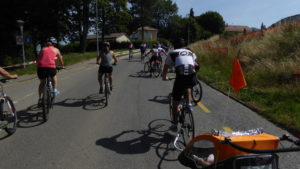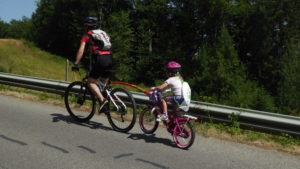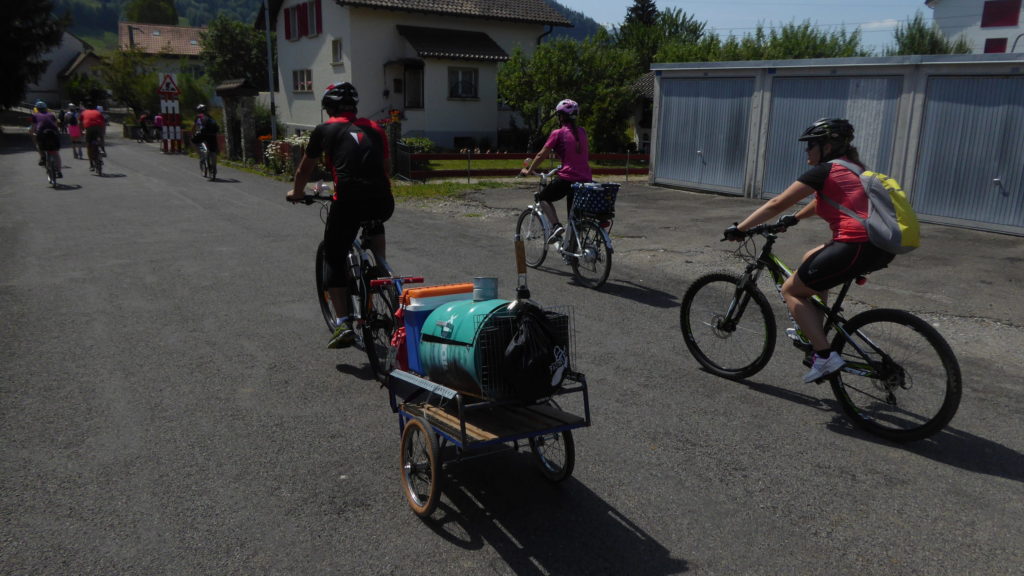I bought the Cateye Stealth Evo+ a few weeks ago because this summer I am rediscovering my passion for cycling. I made this decision because the Suunto Ambit 3 is not optimised for cycling. I wanted to have a way of checking my cadence whilst at the same time having a GPS track and easy data transfer with a service such as Strava.
Price
I chose the Cateye Stealth Evo+ because of it’s wireless technology and price. I saw that the Garmin 500, 510 etc were offering all the same features but at a slightly higher price.
Setup
The hardware takes a minute or two to set up. I first set up the speed and cadence sensor on the frame before aligning both the speed sensor and cadence sensor. I then tightened everything once I had tested that everything was working properly.
The cateye device has two menu sets. Menu set 1 is for cycling and menu set 2 is for configuring the device. The first step is to go to menu 2 and pair the heart rate monitor and Speed and cadence sensors. Once this is done go to a computer and configure the device. You can tell it which timezone you’re in, whether DST is valid or not, wheel size and more. This takes seconds with the computer interface.
Cycling
To turn on the device hold the power button for 4 seconds and then wait for the stop indicator to blink. It starts to blink once it has acquired your GPS location. At this point you can click the power button once and the indicator will change to go. Once you start moving you should see the timer move forward a second at a time and the odometre mark the distance travelled. The speed and cadence sensors will automatically activate when they detect that the wheels and pedals are moving.
The device automatically pauses when you are stopped and starts again when you are moving again. If you stop for an extended period of time you can power off the device and then power it on again when you resume the journey.
When you complete your journey stop logging the ride by pressing the power button and then holding the menu button at the front of the GPS for a few seconds, until you see the metres back at zero.
Online service synchronisation
The Cateye Stealth Evo+ and computer software make it easy to synchronise to three services by default. These are the Cateye cycling atlas, Strava and Training peaks. As the people I cycle with and share trip information with are using Strava I sync to this service first and then to others. I export the data file from Strava and import it to Sports Tracker almost flawlessly. Cadence data is not transferred.
Strengths
I have used a number of mobile phones and sports watches and this is one of the fastest devices that I have dealt with. I really like that the heart rate monitor and speed and cadence sensors are on almost instantly and I love that the device is so simple and intuitive to use once you get the hang of it.
Weaknesses
The key thing to remember with this device is that it has two modes/menus. Cycling and Setup. All of your navigation is done via the front button. I wish that I had set it up via the computer rather than via the menus on the device as the computer interface takes seconds.
Conclusion
While the Suunto Ambit 3 is my primary device for all sports the Cateye Stealth Evo+ has replaced it for cycling. I like that it provides a dedicated hardware solution that is easy to install and small and light to carry and potentially install on another bike. Integration with Strava works flawlessly so I am happy to keep using this product.
For another point of view on cycling tech






